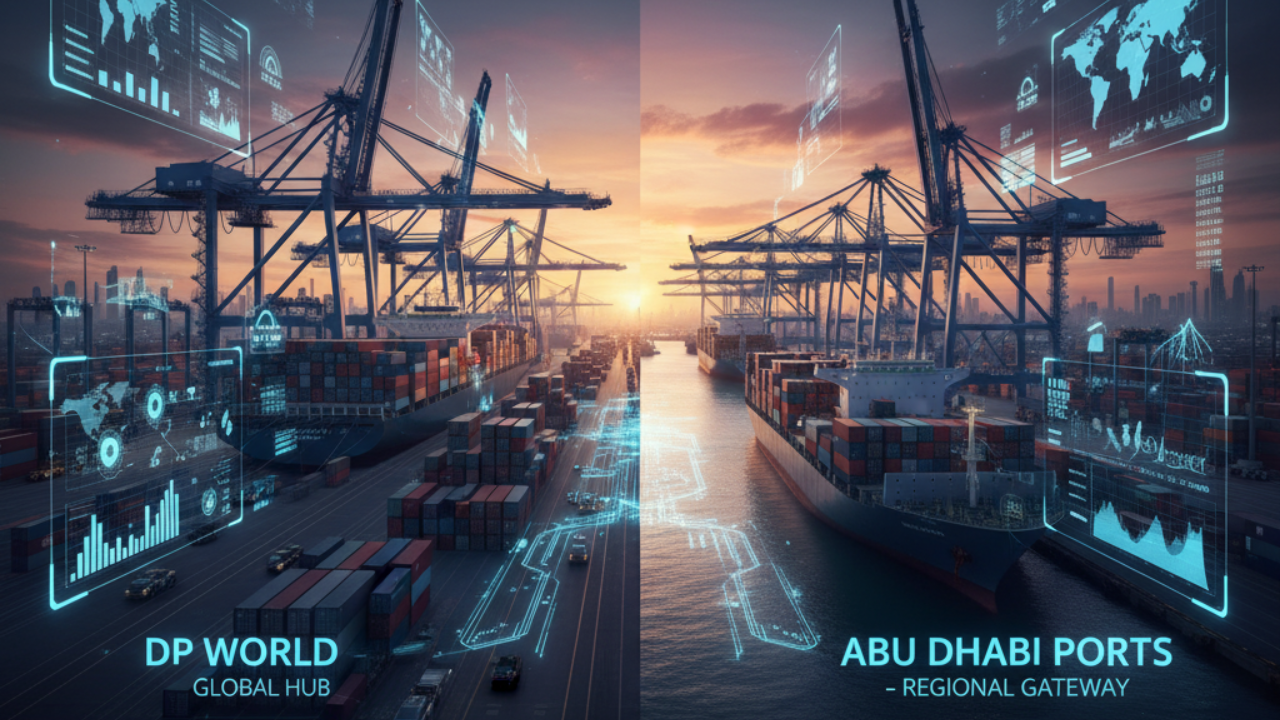
Post by : Meena Rani
Global terminal operator DP World and regional heavyweight Abu Dhabi Ports (AD Ports Group) play complementary but distinct roles in maritime logistics. This comparison examines scale, recent financial performance, technology investments (notably AI and automation), container traffic, and strategic outlook for both operators.
DP World operates more than 60 ports and terminals worldwide, giving it one of the largest global terminal networks and exposure to diversified trade lanes. This scale supports a resilient revenue mix across regions and cargo types.
By contrast, Abu Dhabi Ports (AD Ports Group) focuses on strategic regional assets across the UAE and selected international investments. Its model combines core port operations with economic-city development, logistics services and maritime services — a vertically integrated approach that supports domestic industrialization and regional supply-chain objectives.
DP World reported revenue of approximately US$11.24 billion for H1 2025 — a 20.4% year-on-year increase — and container volumes rising by mid-single digits over the same period. Adjusted EBITDA also showed healthy improvement, reflecting stronger throughput and efficiency gains. These results were disclosed in DP World’s H1 2025 results.
AD Ports Group published record group revenue and EBITDA for its 2024 financial year, underscoring strong year-over-year growth driven by its diversified cluster strategy (ports, economic cities, logistics, maritime & shipping, digital). However, more recent investor materials and Q2/H1 2025 presentations indicate variable performance dynamics in 2025 as markets and project cycles normalize.
DP World continues to occupy a top-tier position among global terminal operators by TEU throughput across its network, leveraging scale for vessel calls, transshipment, and hub connectivity. Recent operational highlights from selected terminals (e.g., Cochin) demonstrate localized throughput gains that contribute to group numbers.
AD Ports plays a strategic regional role: rather than competing head-to-head with the largest global operators on every trade lane, it concentrates on boosting MENA connectivity, serving industrial zones, and enhancing hinterland links that feed regional manufacturing and trade. This positioning gives it different competitive advantages — regional policy alignment and integration with sovereign development goals
Technology investment is a clear differentiator. DP World has publicly highlighted AI-driven operational efficiency — predictive maintenance, cargo optimization, and real-time monitoring — as a driver of improved utilization and lower unit costs. These investments scale across its global footprint, enabling rapid replication of best practices.
AD Ports is also actively deploying smart-port technologies, digitalisation of logistics, and automation in warehousing and terminal handling. Its integrated cluster model allows technology to be applied not just to ports, but across free zones, logistics parks and maritime services, creating synergies between infrastructure and digital logistics products.
Common risks for both operators include global trade volatility, geopolitical disruptions to key shipping lanes, and capital-intensive infrastructure cycles. For DP World, exposure to global trade trends and higher financing costs in some periods can compress profits despite revenue growth. For AD Ports, project execution risk and regional demand cyclicality can affect short-term financials despite a long-term strategic pipeline.
DP World: positioned to capitalize on global trade recovery and efficiency gains at scale — expect continued investment in AI/automation, capacity growth in strategic hubs and selective M&A to protect throughput leadership.
AD Ports: well-placed to deepen regional logistics integration and capture value from UAE industrialization strategies and GCC connectivity projects; growth will be driven by cluster synergies and targeted infrastructure rollout.
DP World and Abu Dhabi Ports (AD Ports Group) are not direct substitutes — they occupy different strategic spaces in global maritime logistics. DP World’s scale, global footprint, and recent H1 2025 revenue surge underline its leadership in container traffic and AI-driven efficiency. Meanwhile, AD Ports’ vertically integrated model and record 2024 performance position it as a powerhouse for regional economic development in the MENA corridor.
#DPWorld #AbuDhabiPorts #MaritimeLogistics #GlobalTrade #ContainerTerminals #AISupplyChain #SupplyChainInnovation #SmartPorts
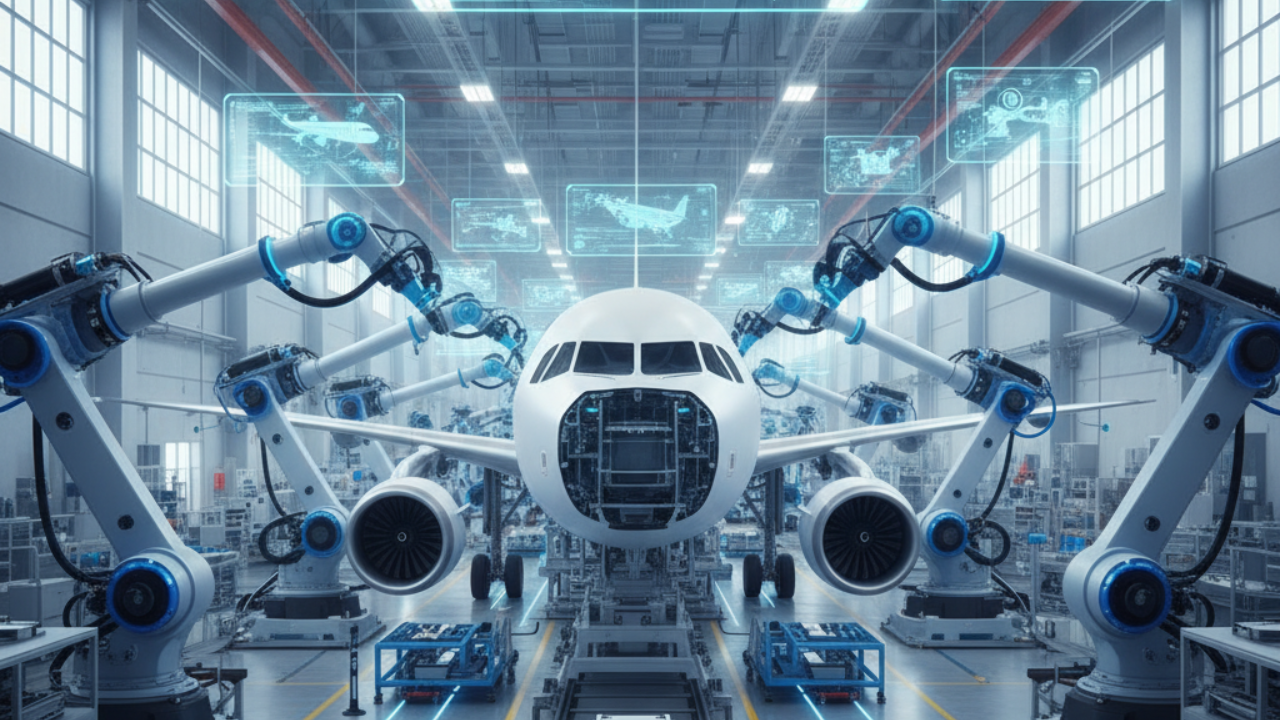
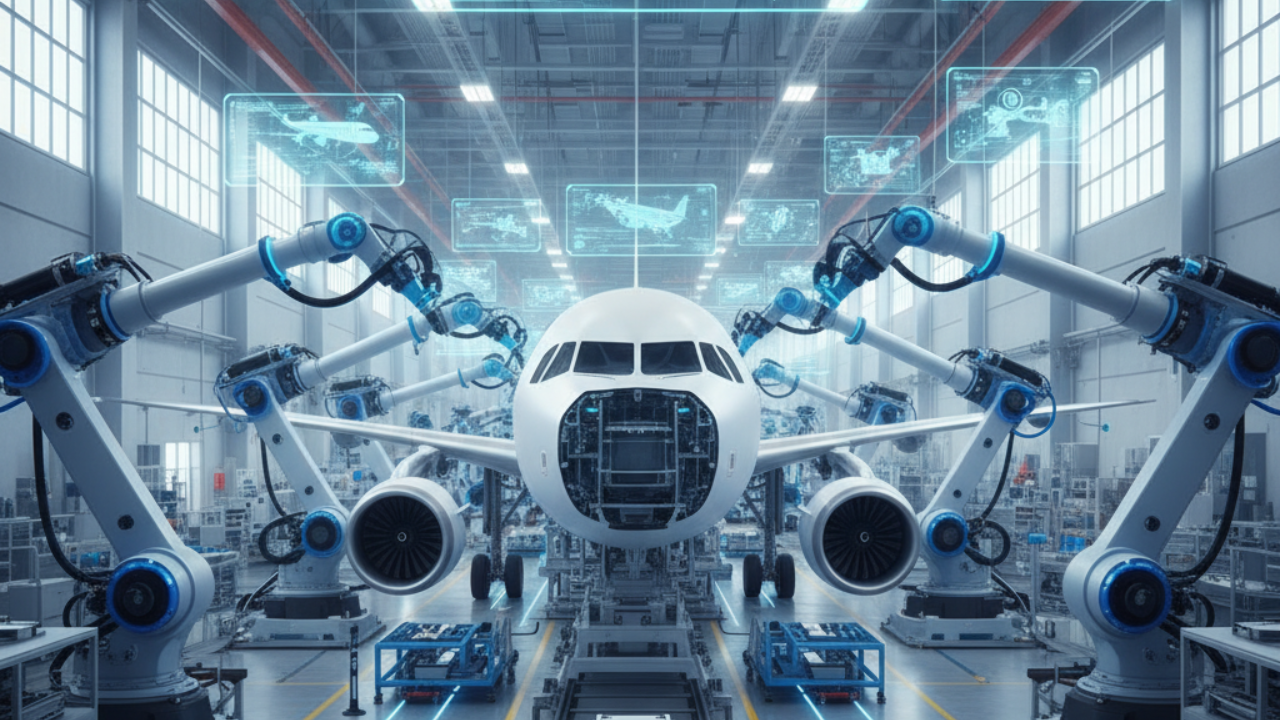
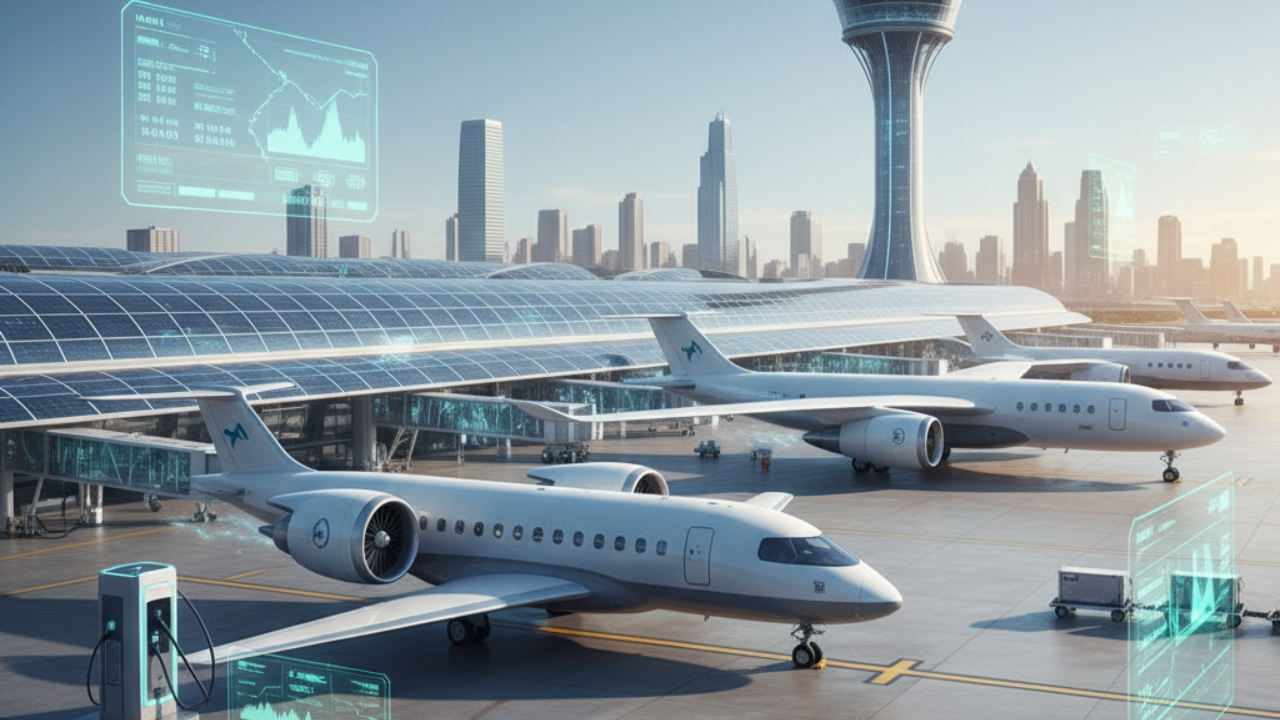
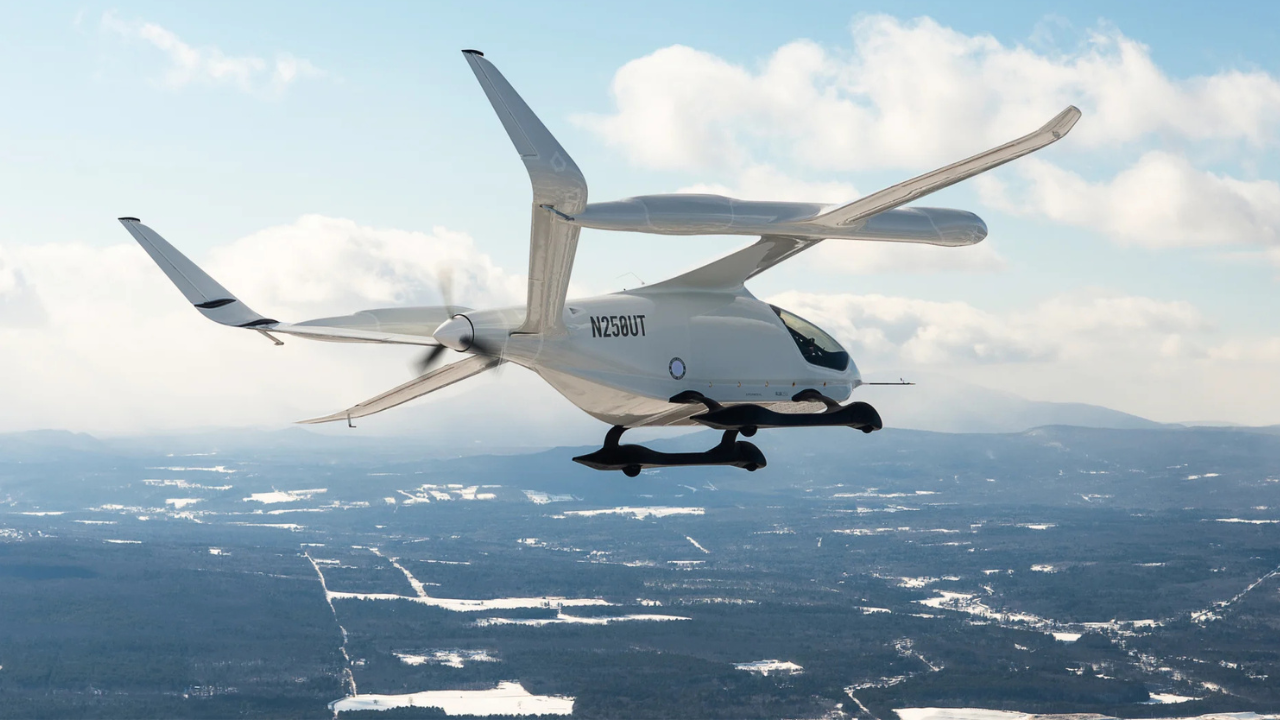



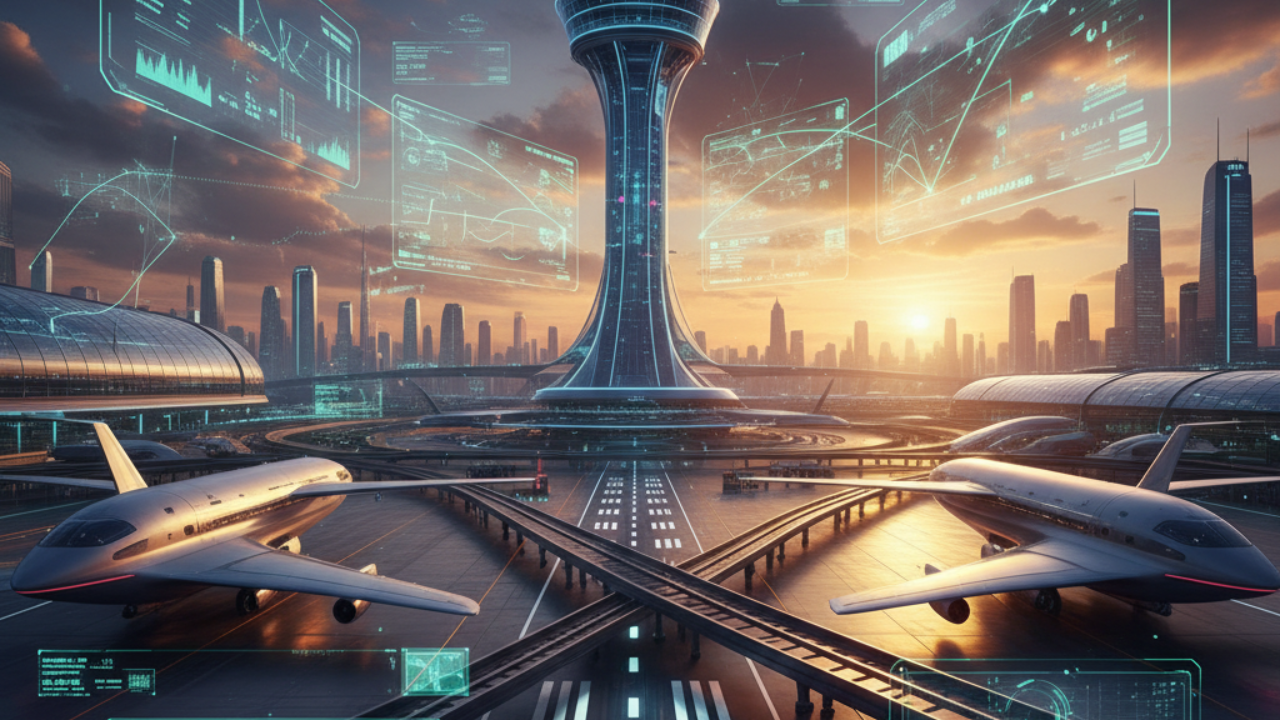


Bengaluru-Mumbai Superfast Train Approved After 30-Year Wait
Railways approves new superfast train connecting Bengaluru and Mumbai, ending a 30-year demand, easi

Canada Post Workers Strike Halts Nationwide Mail and Parcel Services
Canada Post halts operations as CUPW strike disrupts mail and parcel delivery nationwide amid disput

PM Modi Launches BSNL ‘Swadeshi’ 4G Network, 97,500 Towers Built
India enters global telecom league as PM Modi inaugurates BSNL’s indigenous 4G, connecting 26,700 vi

India’s Iconic MiG‑21 Takes Final Flight After Six Decades of Service
After 60 years India retires its MiG‑21 fighter jet, a legendary yet controversial warplane marking

Hindustan Zinc unveils AI hotspot monitoring at Debari smelter
Hindustan Zinc launches AI-powered Switchyard Hotspot Monitoring at Debari smelter to cut outages bo

Chinese experts worked inside sanctioned Russian drone plant
Chinese drone specialists visited IEMZ Kupol supplying parts and drones via intermediaries, deepenin